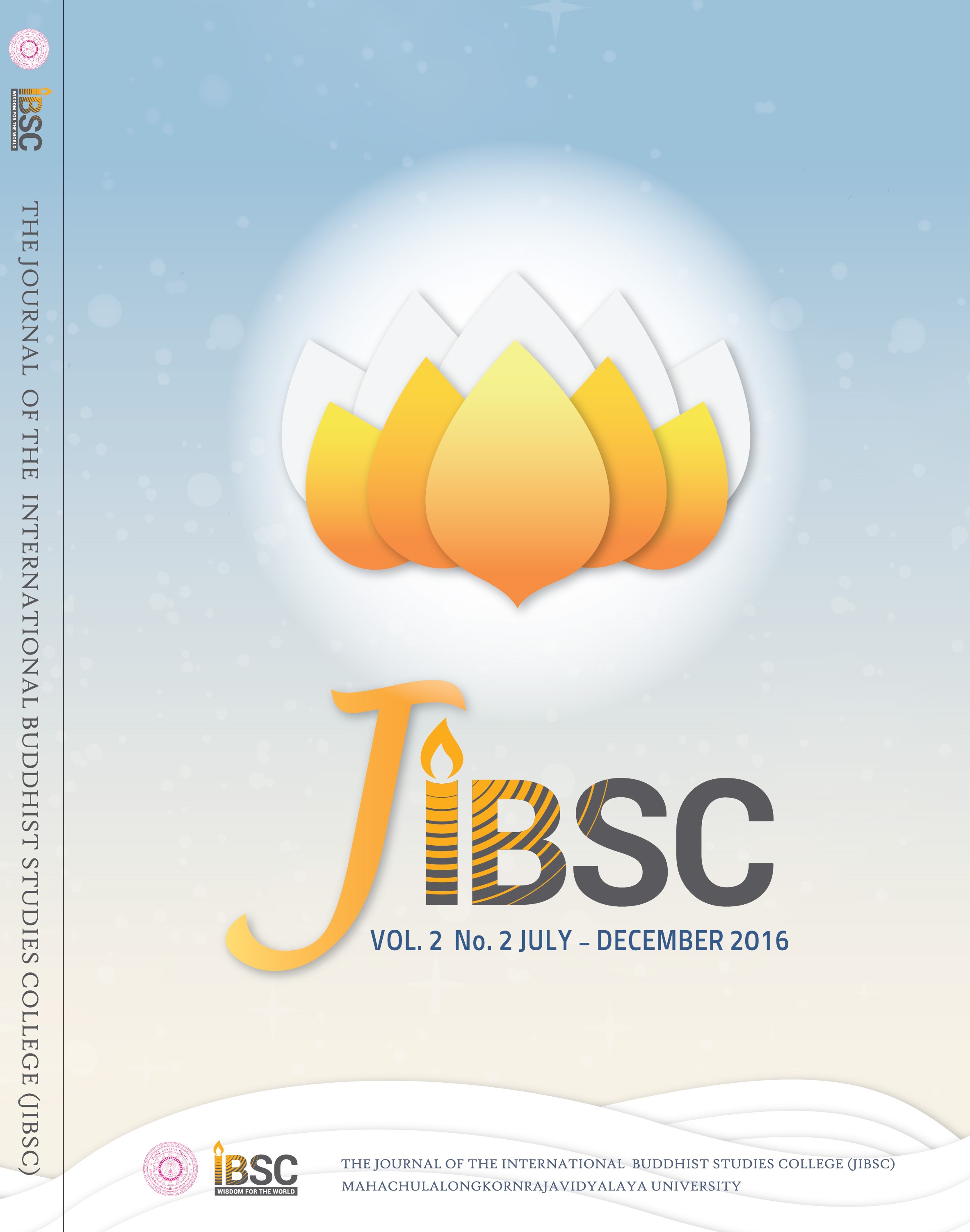AN ANALYTICAL STUDY OF DĀNA AS THE WAY TO REACH HAPPINESS BASED ON THE COMPARISON OF THE TEACHINGS OF THERAVADA AND MAHAYANA BUDDHISM
Main Article Content
Abstract
As Buddhist traditions go, Mahayana and Vajrayana mainly pay attention to the Bodhisattva path while Theravada pays more attention on the practice of the “threefold training” to attain Arahantship. Both Theravada and Mahayana Buddhist scriptures contain dāna pāramitā. In Theravada Buddhism, dāna is not included in the “37 Enlightenment Accessories” which are the most important factore to reach Nibbāna. Dāna pāramitā is also not mentioned in the Visuddhimagga. This sems to suggest that dāna is not a necessary way to supreme happiness (Nibbāna) in Theravada Buddhism. Conversely, in Mahāyāna traditions, dāna is one of the most important practicing methods within the six-pāramitā which a Bodhisattva uses to fulfi ll his training towards supreme happiness as well as other beings. In Mahayana, dāna pāramitā is not only considered as a necessary practice to achieve Nibbāna but also to attain Buddhahood. This paper will examine the differences in the importance of dāna between Theravada and Mahayana. For this propose there are two objectives in the paper: to study the similarities and differences of dāna in Theravada and Mahayana; to study how dāna is utilized as the way to happiness in Buddhism. The results give evidence that the different views on dāna are appearances of different cultivating methods in Theravada and Mahayana, that being: individual liberation and bodhisattva path.
Article Details
The Journal of TCI is licensed under a Creative Commons Attribution-NonCommercial-NoDerivatives 4.0 International (CC BY-NC-ND 4.0) licence unless otherwise stated. Please read our Policies page for more information on Open Access, copyright and permissions.


